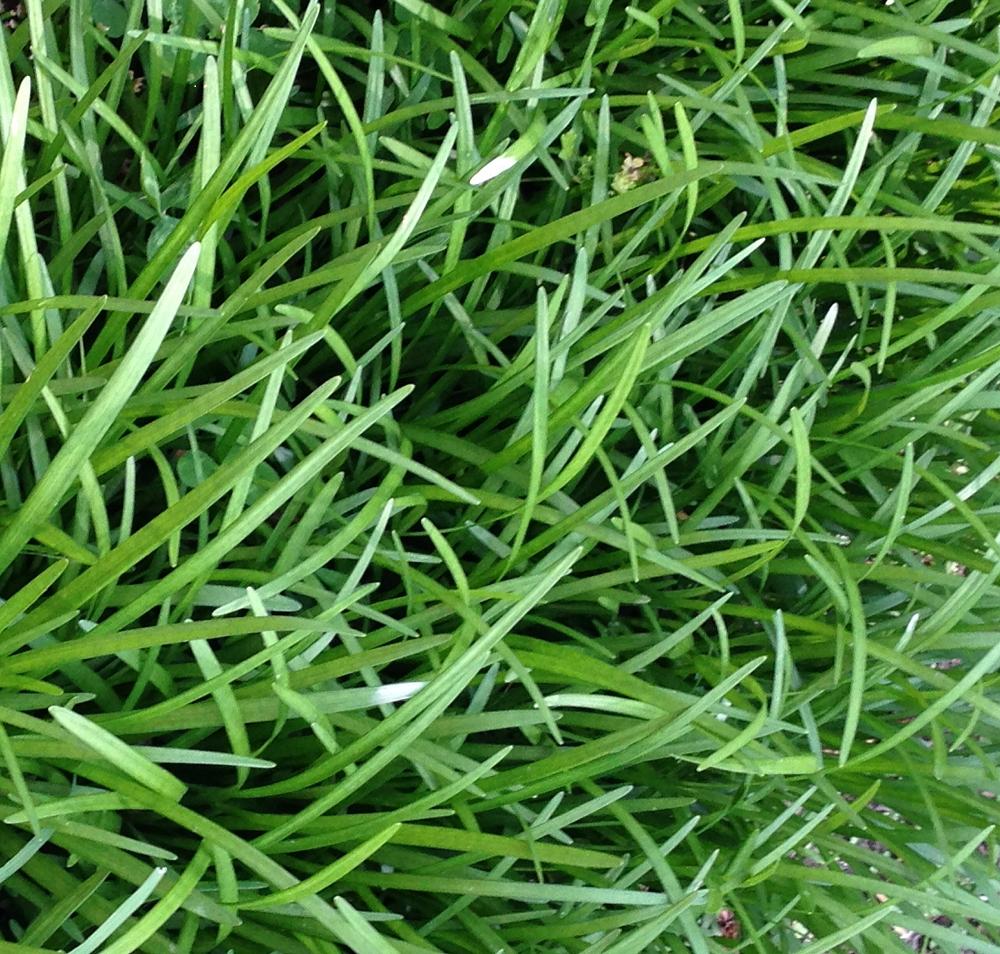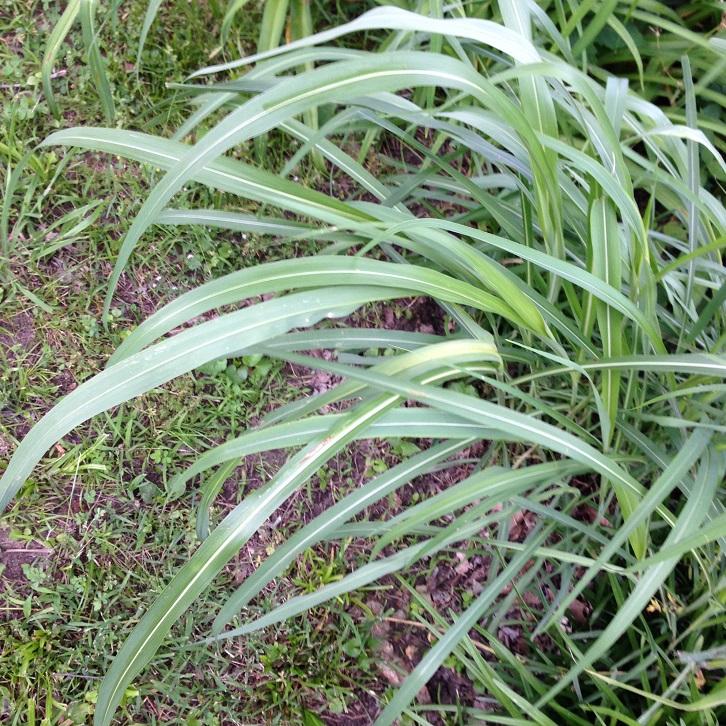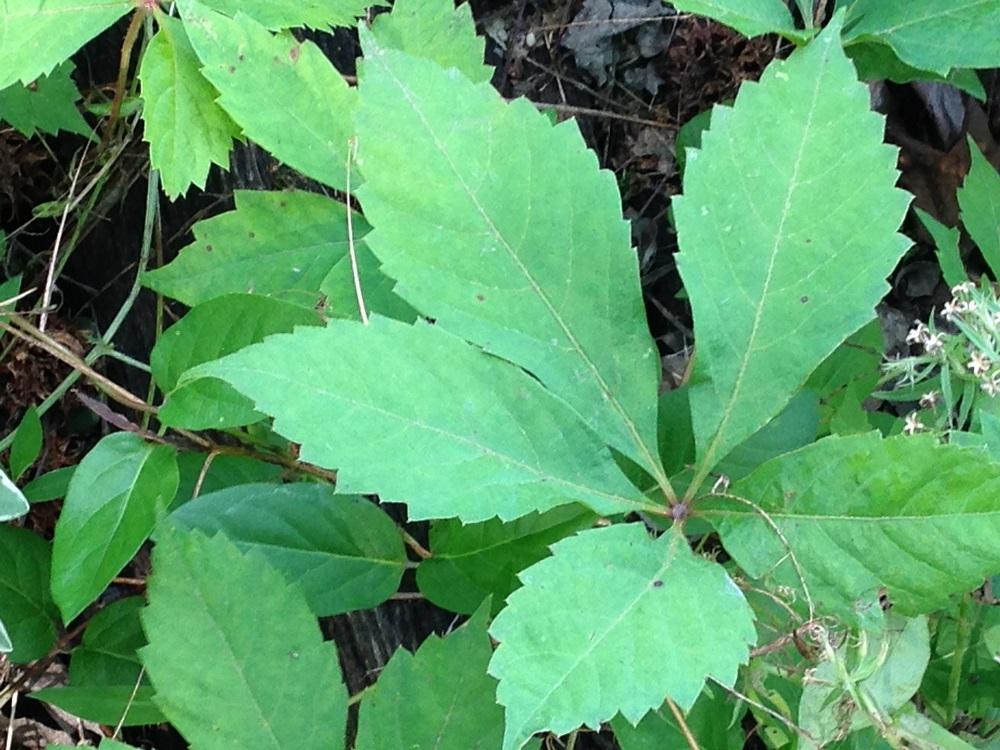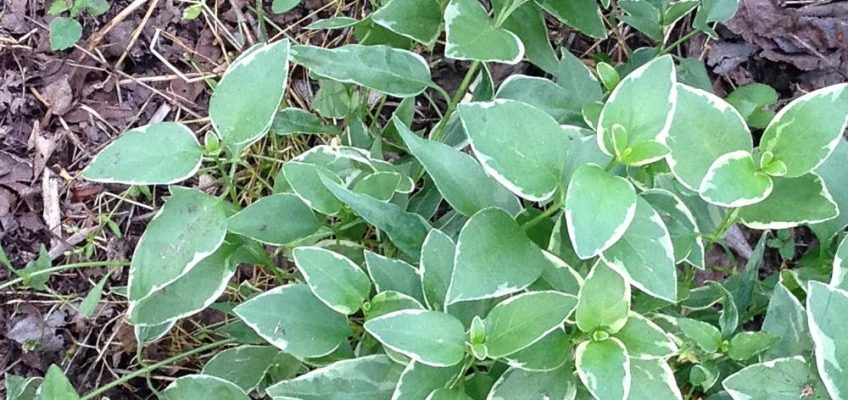A lot of work goes into weeding flower gardens. The results can be quite satisfying. I prefer weeding by hand. My rationale is that I don’t want to risk killing plants that have spent years getting to the stage of growth they are now at.
There are different ways to garden. One of them is the way I garden. Another way to garden involves tanning while gardening. That’s ok if hazards are minimal. I will discuss my way of gardening. But when you finish weeding anyone can be proud of their accomplishments.
[su_spacer size=”20″ class=””]1. Best Clothes to Wear
Know which clothes are best to wear. I cover as much of my body as possible to prevent sunburn, as well as, in case I deal with poison ivy or a snake. Try not to get in the garden during the snake-mating season. There is always a possibility of running into a snake though. From experience, when you garden alone, nobody hears your screams. A hat keeps the sun off your face. Tie hair back or put it in your hat, whatever prevents hair from getting in your face. This is work, not a beauty pageant.
[su_spacer size=”20″ class=””]
2. Tools Are Helpful
Some tools can be helpful. A hoe, a rake, and small clippers work wonders and save energy. You need gloves. Bottles with screw tops, spray bottles, and funnels for herbicides. Label bottles and funnels. Sometimes you may need something to cover plants you don’t want a herbicide to contact.
Metal tools can be stored in a bucket of sand and kitchen oil to prevent rust. If this works for you, great. I’ve never been able to keep up this process. It seems to be a good idea.
[su_spacer size=”20″ class=””]3. Is It a Weed or Not a Weed?
Know the difference between a weed and a garden owner’s plant. Workers may destroy plants if they lack knowledge. Only garden owners can provide some of this information. A weed, to one person, could be a nice specimen, to another person.
[su_spacer size=”20″ class=””]4. Use Groundcovers
Don’t remove groundcovers. Some people use mulch. I have chosen to use plants as groundcovers in most places. After you weed groundcovers plants are better able to take over. Some weeds prevent plant groundcovers from doing their job. Know the difference between groundcovers and weeds.
[su_tabs style=”default” active=”1″ vertical=”no” class=””] [su_tab title=”*” disabled=”no” anchor=”” url=”” target=”blank” class=””]





5. Clear Area to Be Weeded
Remove small objects if you can. Put them back in place after weeding. This prevents you from having to weed around objects unnecessarily. It makes weeding easier.
[su_spacer size=”20″ class=””]
6. Pull up Roots of Weeds
Most weeds can just be pulled up. A weed should be pulled up roots and all. Some plants grow back slowly. Other plants grow back quickly.

7. Yard Grass in the Garden
Bermudagrass looks wonderful in yards. It can be a pain for any type of garden. The liquid herbicide Ornamec is commonly used to kill grass in flower beds. Read the directions carefully. Groundcovers and edging help keep yard grasses out of gardens. A garden edging can be many different materials or a plant. Its purpose is to keep the garden separated from the lawn area.

[su_spacer size=”20″ class=””]
8. Dealing with Johnson grass
If you have Johnson grass in your garden, I’m sorry. Pulling it up by the root does not work. Johnson grass roots break off easily and leave more roots in the ground and it grows back quickly. Johnson grass seed head heads which spread it to nearby areas. Removing the seed heads helps it from spreading.
[su_spacer size=”20″ class=””]
Identifying Johnson Grass
[su_tabs style=”default” active=”1″ vertical=”no” class=””] [su_tab title=”Johnsongrass” disabled=”no” anchor=”” url=”” target=”blank” class=””]


[su_spacer size=”20″ class=””]
Using Roundup on Johnson Grass
Well, it seems that now Roundup is a dangerous chemical, so I won’t recommend using it. updated Fall 2019
This year I’m trying Roundup, a liquid herbicide on my Johnson grass. Roundup needs to be handled carefully. Mix it using the directions and try not to let it touch your skin. I put a portion of the mixture in a small container. Swipe, using a Q-tip, only on the leaves of the plants that you want to die. Roundup kills the whole plant, including the root. It takes several days for the total effect to take place. As a side note, Roundup ready cotton was developed several years ago. Farmers could spray their entire crop without worrying about it hurting the cotton. This was a very useful development for farmers.
[su_spacer size=”20″ class=””]
Update on getting rid of Johnson Grass (July progress report)
There was too much Johnson grass to “swipe” with Roundup. I resorted to pulling up the Johnson grass until the daylilies were through blooming. The garden has single bloom daylilies that bloom first. Double bloom lilies follow later. When I check on July the eighth the double bloom daylilies were blooming. A busy pre-summer and summer had kept me out of the garden.
Hopefully, after the daylilies finish blooming, I’ll try to use Ornamec to knock back the Johnson Grass. There is no easy way to get rid of Johnson Grass if it gets in your plants. A pre-emerge might be helpful in the winter but I don’t want to kill plants that re-seed every year, as well as some bulbs. A pre-emerge prevents troublesome plants from seeding. It also prevents plants you may like from re-seeding, also.
Short of digging everything up and starting over. this is where I am now. Soon, the plants can all be mowed down to get ready for the next season.
I never used Ornamec, but the season will start again after winter.
[su_spacer size=”20″ class=””]9. Poison Ivy Removal
Try to get rid of poison ivy and try to stay away from poison ivy. It’s possible to become allergic to poison ivy after not being allergic to it. I know from experience.
Poison ivy is a vine that will climb up anything tall, that it’s close to. If you are allergic to poison ivy, it helps to learn as much about it as you can about it.
[su_spacer size=”20″ class=””]Identifying Poison Ivy
- Older poison ivy vines look woody and almost furry with a lot of tendrils on either side of it. Cutting the vine will kill the plant from the cut forward if there are no more connections to the soil.

- Poison ivy has three leaves. It looks very much like the five-leaved Virginia creeper. They may grow in the same area.

- Poison ivy tends to get brown “worts” on it.

What Happens and What to do
- It releases oils that cause a skin reaction that looks like hives and is very itchy, in allergic people. Just rubbing against the plant can cause the oils to be released.
- Washing clothes and skin immediately after suspected contact helps. Using alcohol to help clean skin may help. I’ve seen where scrubbing with a cloth helps to remove the oil.
- Roundup sprayed on the leaves of small plants in the spring should help kill it.
- See your doctor if you have a bad reaction.
10. How to Handle Some Dying Perennials
A dying plant may need special care.
- Tie up daffodil leaves after the plant blooms. To tidy up a garden, Daffodil leaves can be cut when they seem to be dying. Anything more may kill the plants over time.


- Daylily leaves should not be totally removed.
- Daylilies are hard to distinguish from Johnson grass.
- It is hard to distinguish between daylilies that are done blooming and daylilies that have not bloomed yet.



- Cut Iris leaves in a fan shape after the plants have bloomed.
Dividing these plants improves the plants and flower production.
[su_spacer size=”20″ class=””]
Maintaining a garden lasts all year. In this article, we reviewed spring Maintenance in the perennial flower garden. Maintenance continues throughout the year.
[su_spacer size=”20″ class=””] [su_spacer size=”20″ class=””] [su_spacer size=”20″ class=””]

Leave a Reply